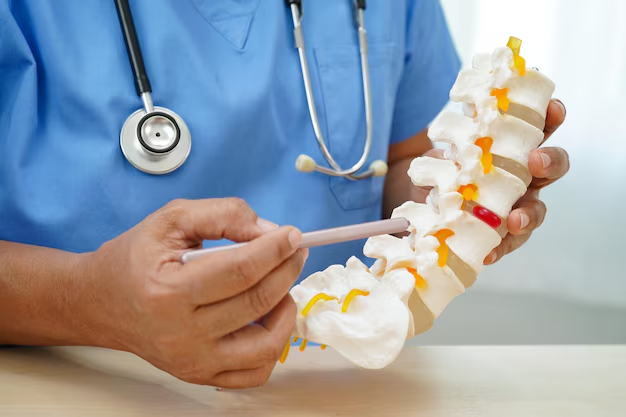Understanding the T-Score: When Does It Indicate a Risk for Osteoporosis?
If you’ve recently undergone a bone density scan, you might have come across a term called T-score. While those unfamiliar numbers can be intimidating, understanding them is crucial, especially when it comes to determining your bone health. So, what exactly is a "bad" T-score for osteoporosis, and what should you do if you find yourself at risk?
What is a T-Score?
A T-score is a standard deviation score that compares your bone density to the optimal or peak bone density of a healthy 30-year-old adult of the same sex. It provides a quick glance at your bone health.
- Normal bone density: T-score of -1.0 or above.
- Low bone mass (osteopenia): T-score between -1.0 and -2.5.
- Osteoporosis: T-score of -2.5 or below.
When your T-score falls at or below -2.5, it indicates osteoporosis, a condition characterized by porous and weakened bones leading to an increased risk of fractures.
Why Does T-Score Matter?
Understanding your T-score is vital for proactive health management. Having a low T-score increases your vulnerability to fractures often associated with osteoporosis, like hip and spine fractures. With an aging population, the importance of maintaining good bone health cannot be overstated as it greatly impacts quality of life.
Actions to Take if You Have a Low T-Score
If your T-score suggests osteoporosis, it’s crucial to address several aspects of your lifestyle and healthcare. Here’s what you can do:
- Consult Healthcare Providers: Always discuss your bone density results with your healthcare provider. They may recommend medications like bisphosphonates or lifestyle changes to strengthen your bones.
- Diet and Exercise: Ensure your diet is rich in calcium and vitamin D. Engage in weight-bearing and muscle-strengthening exercises.
- Bone Health Monitoring: Regularly schedule follow-ups to monitor any changes in your bone density.
Wrapping it all together: Financial and Educational Support
Navigating a new osteoporosis diagnosis can be overwhelming, but you're not alone. Various resources and programs can assist in managing both the medical and financial aspects of osteoporosis care.
Consider looking into government aid programs or financial assistance options for medications. Exploring insurance benefits or local community programs can also be beneficial.
Furthermore, educational opportunities around osteoporosis management are invaluable. Engage with community or online seminars, workshops, and support groups which can provide updated information and peer support.
Here's a concise list of resources to consider:
- Medicare & Medicaid: 🏥 Coverage for bone density tests and treatment medications.
- Supplemental Insurance: 📋 Look into plans covering additional osteoporosis-related expenses.
- Local Health Clinics: 🏥 Often offer free seminars or inexpensive bone health screenings.
- Non-Profit Organizations: 🎗️ Organizations like the National Osteoporosis Foundation provide support and education.
- Community Support Groups: 🤝 Helpful for emotional support and practical advice.
By understanding your T-score and implementing the right strategies, you can effectively manage your bone health and reduce the risks associated with osteoporosis.

Related Topics
- a Nurse Is Caring For a Client Who Has Osteoporosis.
- a Percutaneous Is Performed To Treat Osteoporosis Related Compression Fractures
- Can Alcohol Cause Osteoporosis
- Can I Do Pilates If I Have Osteoporosis
- Can I Reverse Osteoporosis
- Can Men Get Osteoporosis
- Can Osteoporosis Affect Teeth
- Can Osteoporosis Be Cured
- Can Osteoporosis Be Painful
- Can Osteoporosis Be Reversed